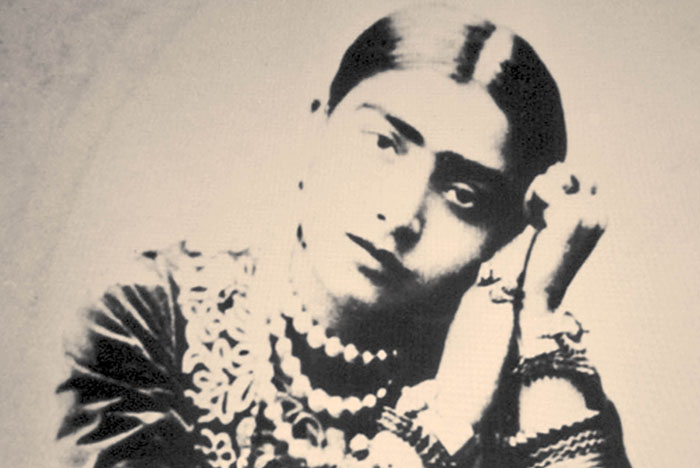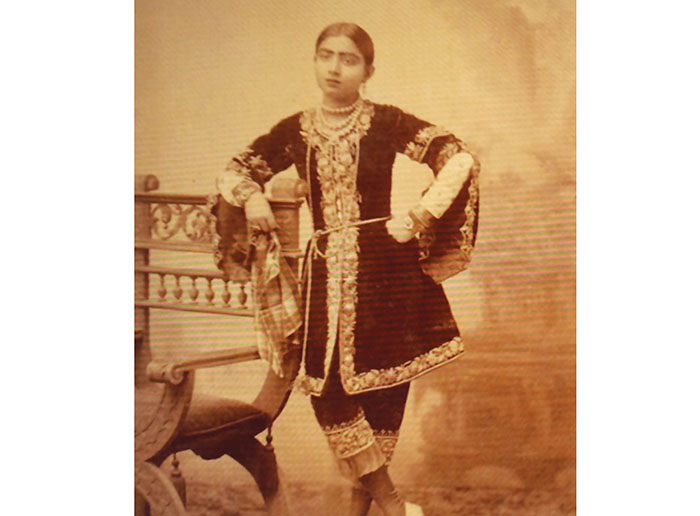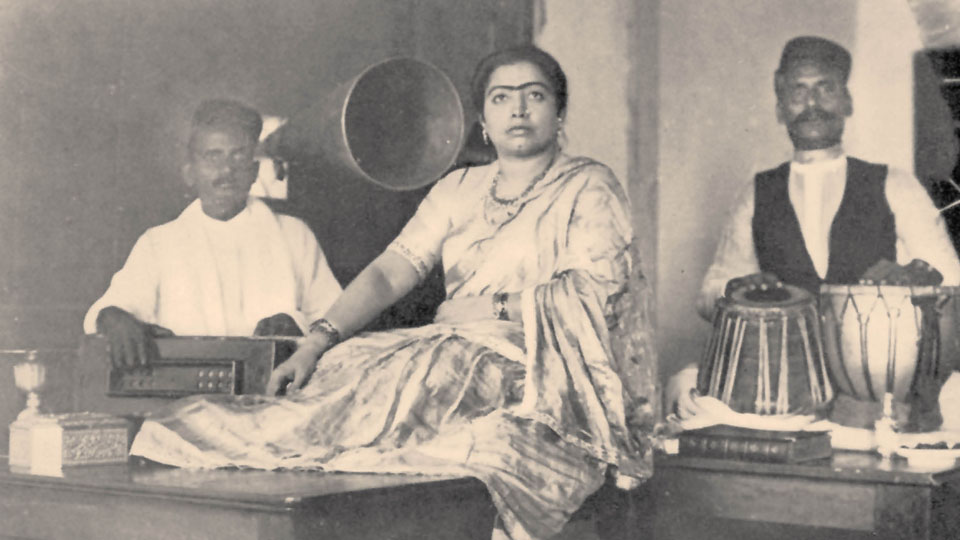By Girija Madhavan
Mysore has always been home to the arts; classical music, dance, painting, sculpture and more. Music was a prized accomplishment for girls in Karnataka. Lessons were started for quite young children. When at seventeen, I fell under the spell of music in 1955, it was considered a late start. But to my delight Sri Dasappa, a Carnatic (Karnatak) musician who had switched to the Hindustani style, agreed to teach me.
An interest in Hindustani music had been kindled in Mysore due to the patronage given by the Maharaja to famous musicians from North India. Maharaja Krishnaraja Wodeyar (Wadiyar) Bahadur [1884-1940] was himself a scholar, well versed in music which he appreciated in all its genres; Carnatic, Hindustani and Western alike. Maintaining an old family tradition, he honoured many scholars, painters, writers and musicians, both Carnatic & Hindustani, at his court.
In the 1920s, Ustad Faiyaz Khan, Ustad Vilayat Hussain Khan [vocalist], Vidushi Mogubai Kurdikar [Kishori Amonkar’s mother] and Ustad Abdul Kareem Khan were invited to Mysore where local artistes could listen to their music and interact with them. Remembering the old days, my teacher Dasappa’s eyes would mist over. “Hamare Guru Faiyaz Khan,” he would exclaim, reverentially touching his ear lobes in salutation. His recall of the concerts, the leonine timber of the Guru’s voice impressed me deeply.
On 1st August 1928, “Gauhar Jaan”, a singer and dancer from the North was appointed Court Musician in Mysore. After her early and meteoric rise to fame in Calcutta, she was by then in her late 50s and on a downward spiral. She died in the Mysore Palace on 17th January 1930.

Born in Azamgarh in 1873, she was christened Angelina Yeoward. Her parents were Adeline Victoria Hemming and Robert William Yeoward who was of Armenian-Jewish descent. When the marriage broke up, Victoria Hemming relocated to Calcutta and converted to Islam. She changed her name to Badi Malka Jaan and that of her daughter, then a child, to Gauhar Jaan.
In Calcutta, Gauhar Jaan was trained by famous Ustads and became proficient in Hindustani vocal music of various styles. She also learnt Kathak from the legendary Bindadin Maharaj. By the age of fourteen she was an accomplished performer, winning accolades at the Darbar of Dharbhanga. She became very wealthy, adopting a flamboyant life style; opulent clothes, jewellery and a large retinue to serve her. She rode around Calcutta in a horse drawn carriage, usually preserve of the powerful elite, which gave her a particular cache.
In 1902, at the invitation of F.W. Gaisberg [an American] of the Gramophone Company, Gauhar Jaan became the first artiste to record a classical Hindustani song for a 78rpm record of two minutes and forty-five seconds. The recording technology was of German origin, but still rudimentary at that stage. The artiste had to sing into a large horn or trumpet fixed to the wall, a needle would oscillate, etching the music on a disc. Gauhar Jaan, dressed in a gorgeous ensemble, sang faultlessly into the horn, choosing a composition in the Raga Jogia for this historic event. She ended the recital with the announcement “My name is Gauhar Jaan,” which became her trade mark. Many artistes followed her lead. When the recordings were processed in Hanover, Germany, this helped the technicians to identify the artistes.
Over the years, Gauhar Jaan recorded 600 songs in several languages, being paid Rs. 3,000 for each song. She became famous as the “Gramophone Girl” with a big fan following, her new releases were snapped up as soon as they were on sale. Her music is available now on the internet, retaining both the haunting quality of her voice and her virtuosity in the art.
Traditionally, Indian artistes built up the Raga in an expansive form, followed by compositions set to rhythms. So Gauhar Jaan was criticised by her rivals and detractors for condensing the format into the two minutes and forty-five seconds allowed for recording. However, her genius lay in her intuitive depiction of the Raga’s essence within a time frame; a cameo portrait confined in a pendant. Ustad Amjad Ali Khan is said to have recognised her invaluable role in his book, “Master on Masters.”

Gauhar Jaan’s foresight of using technology for the first time, freed music from the cloistered salons of courtesans or the exclusive homes of noblemen and made it available to the public. Women artistes too benefited from this access to a wider audience. Financial independence relieved them from bondage to exploitative patrons.
Gauhar Jaan’s farsighted embracing of the new technology created an archival treasure in the annals of our music. Priceless historical evidence of different artistes and styles have been preserved which may otherwise have been lost in mists of obscurity.
According to the records, Gauhar Jaan died in the Mysore Palace on 17th January 1930. Sadly the place where she was buried is unknown. She had lost her mother earlier as well as a male companion who had been supportive. Mysore Palace records show that in her last days, she had only two care-givers left of her once large retinue; a woman called Sharifan and a man named Abdul Rehman.
Like a glittering sequin fallen from one of her robes, the Urdu word “Hamdam” shines from her life of stardom. This was the pen-name she used in the lyrics she composed and means “Friend” or “Companion”…sadly she had none in the end.








Recent Comments